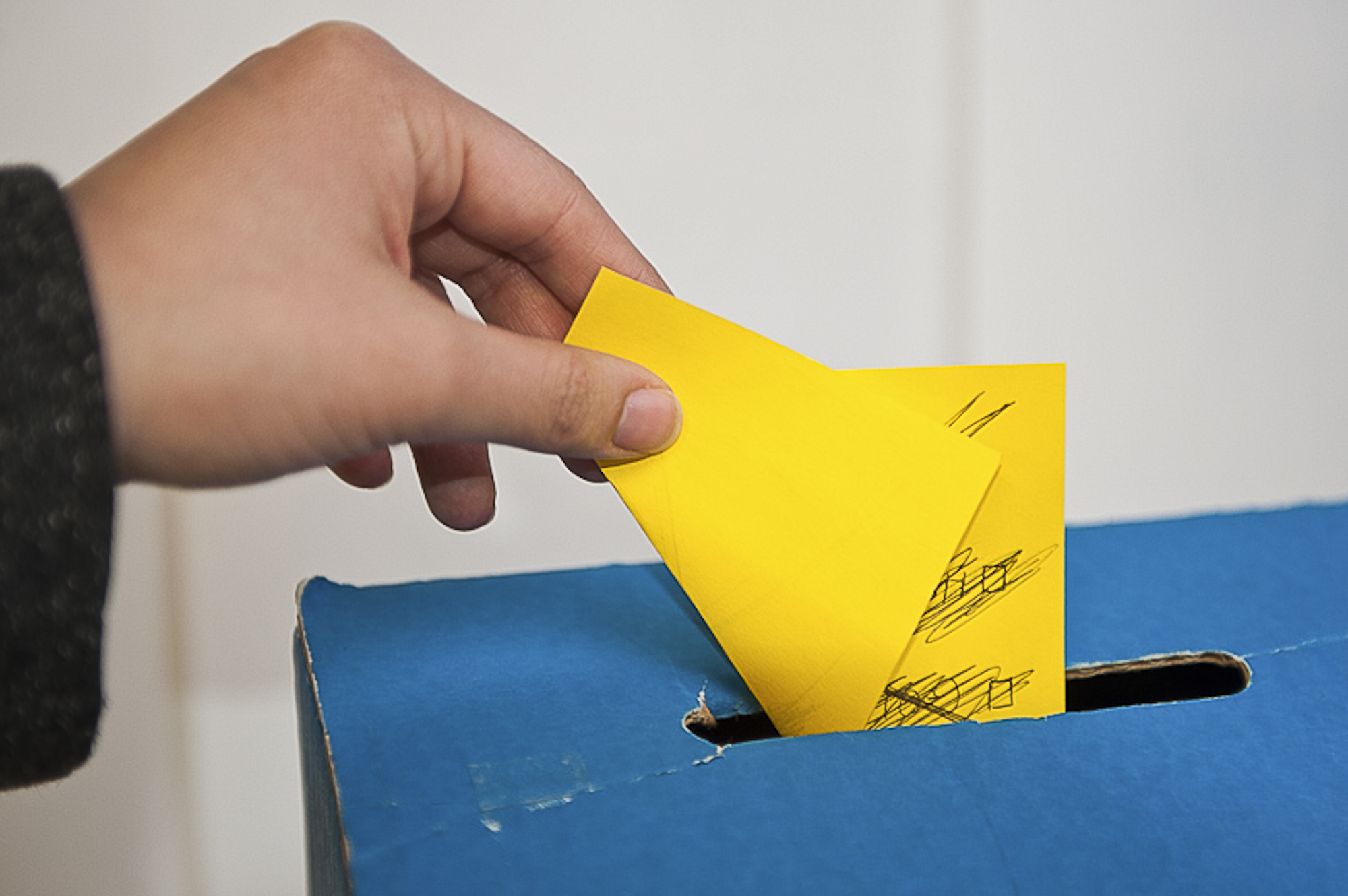Data released by Elections Canada on the 2015 federal election revealed a remarkable increase in young Canadian voters compared to 2011.
The turnout of youth voters between the ages of 18-24 climbed from 38.8 per cent in 2011 to to 53.1 per cent in 2015, according to data released June 15.
This was the largest increase in voters of the age group since Elections Canada began recording demographic turnout estimates in 2004, the agency said in a release.
John Enright, a spokesperson for Elections Canada, said the organization simply provides people with a means to vote and did not have a hand in increased youth voter turnout.
“The overwhelming interest from youth this past election could be attributed to the engagement of youth by people in the process or other electorates,” he said. Politicians definitely had a hand in engaging younger voters, Enright added.
Laura Stephenson, an associate professor at Western University specializing in political behaviour, said the candidates offered more dynamic leader profiles this past election.
“Trudeau especially inspired people to pay attention,” Stephenson said.
With 38 per cent of youth voters supporting the Liberal party at the time, according to data released by Nanos Research, the increase in young Canadian voters likely brought the party closer to victory.
“We made efforts to focus on youth particularly, getting them more engaged,” said Nathaniel Finestone, a media representative for the Liberal Party of Canada. According to Finestone, the party targeted voter apathy usually found in the youth demographic.
While electoral campaigns have expanded online, the Liberals focused on connecting with people offline, he said.
“We took the local level, grassroots approach we had taken for granted in previous elections,” said Finestone. “This drove us to knock on doors, make more phone calls, identify Liberals in every riding, reach out and get people involved.”
As a result, the party had more volunteers and more people involved than ever before, Finestone added. He also said Trudeau’s focus on youth issues during the campaign “played a significant role” in engaging the young demographic.
Elections Canada also set up polling stations on several university campuses during the 2015 election.
According to Stephenson, there is no way to predict if a higher rate of engagement will become a trend, since there is no guarantee that these conditions will be recreated in future electoral campaigns.
“However, it is important to pay particular interest to the number of Canadians who came out
to vote for the first time,” she said.
The data revealed participation by youth who were eligible to vote for the first time rose significantly, from 40.5 per cent in 2011 to 59.8 per cent in 2015.
“Voting becomes a habit,” Stephenson said, “which is why the number of first time voters in 2015 is notable and should be held accountable for the elections to come.”






